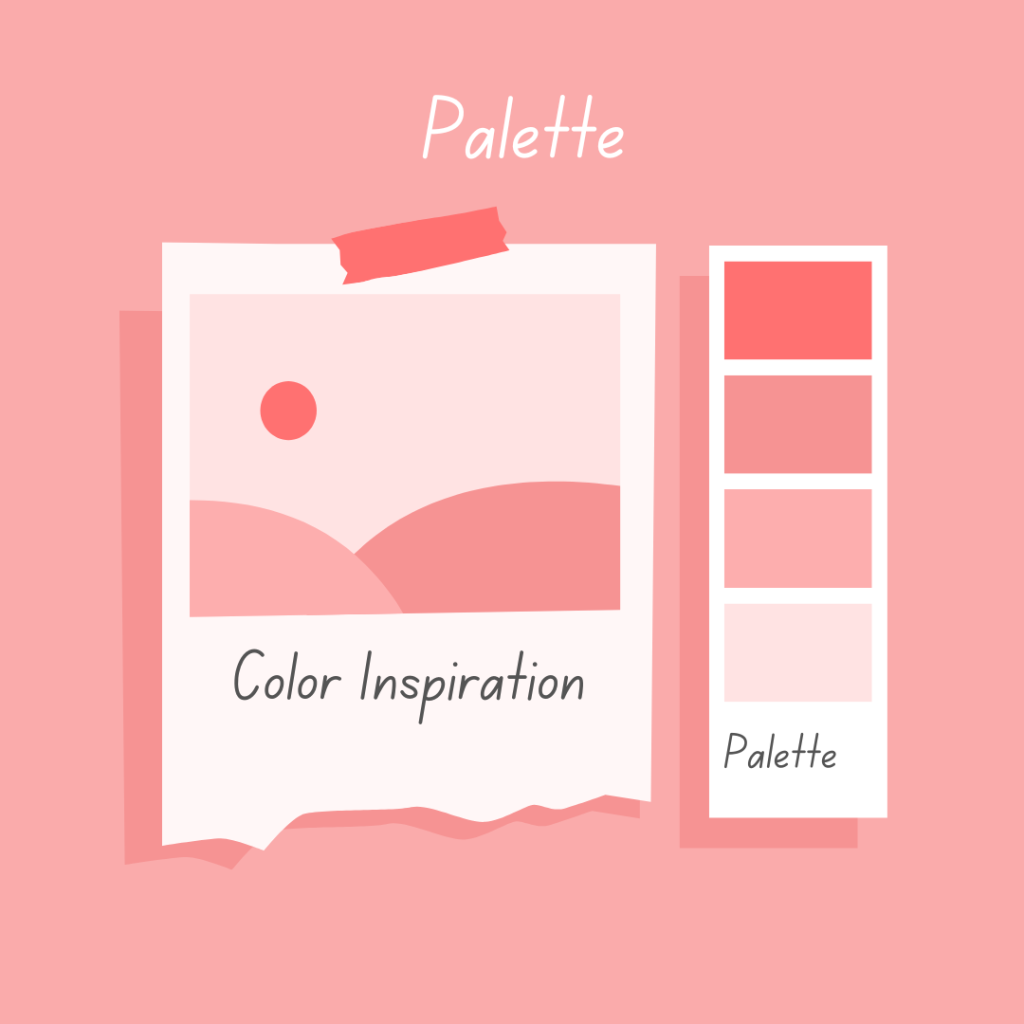Finding The Right Colors For Your Website

Contrary to what some people believe, marketing is more complex than it seems.
How would you feel if you drove across a McDonald’s and noticed that the arch was Green instead of Yellow? Would you even stop at that McDonald’s to get something to eat? More than likely, you would keep driving.
That’s how important color is to us. Ironically, most people don’t think about the role that color plays in our lives.
We communicate different messages through colors. In certain professional environments, you want to wear suits that are a simple black or navy blue.
At baby showers, the colors of blue or pink are used to reveal the baby’s gender.
All throughout our lives, colors are used to convey a certain message. So why would digital marketing be any different?
When marketing your business online, you want to consider the different colors that you are using on your website. Find out how you can use color psychology to your website’s benefit.
What Is Color Psychology?

Color psychology is the study of color and the psychological meanings and effects that they cause.
Every business uses color psychology to their benefit, regardless of the industry. Think of the businesses that you frequent as a customer.
What color comes to mind when you think of T-Mobile? Pink!
How about LinkedIn? Blue!
Have you ever come across an environmentally friendly business that didn’t use the color Green? Exactly.
Color psychology is a great tool for businesses to use with their marketing. With each color, there is a specific message being conveyed.
The Psychology Behind Different Colors

Take Blue, for example. According to color psychology, blue is the color that represents trust, dependability and strength.
That’s why it’s the color that most law firms gravitate to. If you don’t believe me, type in the name of your city or state and law firm in the Search Engine on Google.
When you click on a law firm’s website, notice the colors on the landing page. More times than not, you’ll see Blue somewhere on there.
Another color that evokes warmth with many people is Orange. Orange is a color that’s often associated with confidence, friendliness, and energy.
Purple is the color that many businesses use to exude royalty and luxury. It’s the color that is often associated with mystery, imagination, and creativity.
As you can see, there are many messages that a business can convey with their website colors. But how do you decide which color palette is best for your website?
Choosing The Right Color Scheme For Your Website

Ironically, your color scheme may have very little to do with you.
There are other factors you want to think about when selecting your website’s color palette.
One of those factors is your industry.
There are certain colors that businesses in particular industries use for their branding and marketing. Besides the legal field, many medical companies and corporate websites use the color Blue.
You want your website to stand out for the right reasons. You don’t want your customers to compare your website to your other competitors.
But choosing a color scheme that’s different from your industry may affect your customer’s ability to trust you. Your color scheme should help your website stand out amongst the competition while being on trend for your industry.
Choose Colors That Your Customers Will Like
Another way to select colors for your website is to keep your customers in mind.
Just like other aspects of your marketing, you want to keep the customers’ needs in mind.
There are certain colors that different groups prefer.
Fortunately, Blue is a color that is popular with both men and women. But if women were your target audience, you may want to use the colors Purple and Green, which are other common colors that women prefer.
You may also want to avoid the colors Orange and Brown, which are the colors that women prefer the least.
The age of your audience should also be taken into consideration. If you own an e-commerce business and sell baby products, a Pink palette may be great for your website.
If your targeted audience are teenagers, you may want to use a darker color palette. Unlike younger children who love bright colors, teenagers are interested in more sophisticated colors.
Think About Your Customers’ Emotions
Finally, you want to think about the emotions you want your customers to feel as they visit your website.
If you want your visitors to feel calm as they navigate your website, a shade of Blue can help with that.
If you want your visitors to associate your business with growth and serenity, you may want to add the color Green.
You can even convince your visitors to take a certain action based on where the colors are placed on your website pages.
Buttons that ask a customer to take a certain action are usually in the color Red. Red is associated with urgency and will influence a customer to take a certain action immediately.
It’s also a color that immediately draws your attention. You’re more likely to notice a Red button over a Black or Blue button.
Getting To Choose Additional Colors
The best thing about a color scheme for a website is that you get to take advantage of several colors.
With a color scheme, you get to select one or two complementary colors that can add to your primary color.
These color selections can help your website stand out online amongst other businesses. The colors in your palette can be used to highlight certain areas on your website pages.
You can select a color scheme where two or three of the colors complement your primary color. You can choose a color scheme that allows you to play with different hues.
You can even select a color scheme where the colors are in contrast with one another.
Whatever you choose, you want to remember the message that you want your design to convey to your visitors.
Learning More About Color Psychology
To sum up, you want to give your website the right pop of color that it needs.
You’ve put so much thought into the written content of your website. It would suck to have visitors ignore your website over the wrong color scheme.
To learn more about Color Psychology and how it can benefit your business, check out www.colorpsychology.org.
Link: Color Psychology 101: A Beginner’s Guide to the Meaning of Colors
What are your thoughts on Color Psychology? Feel free to share in the comments section below.








Leave a comment